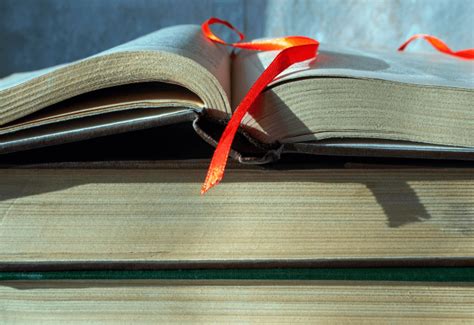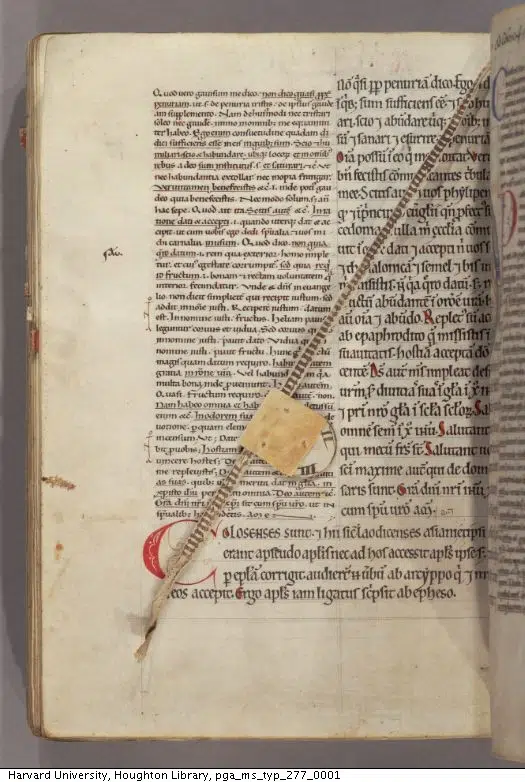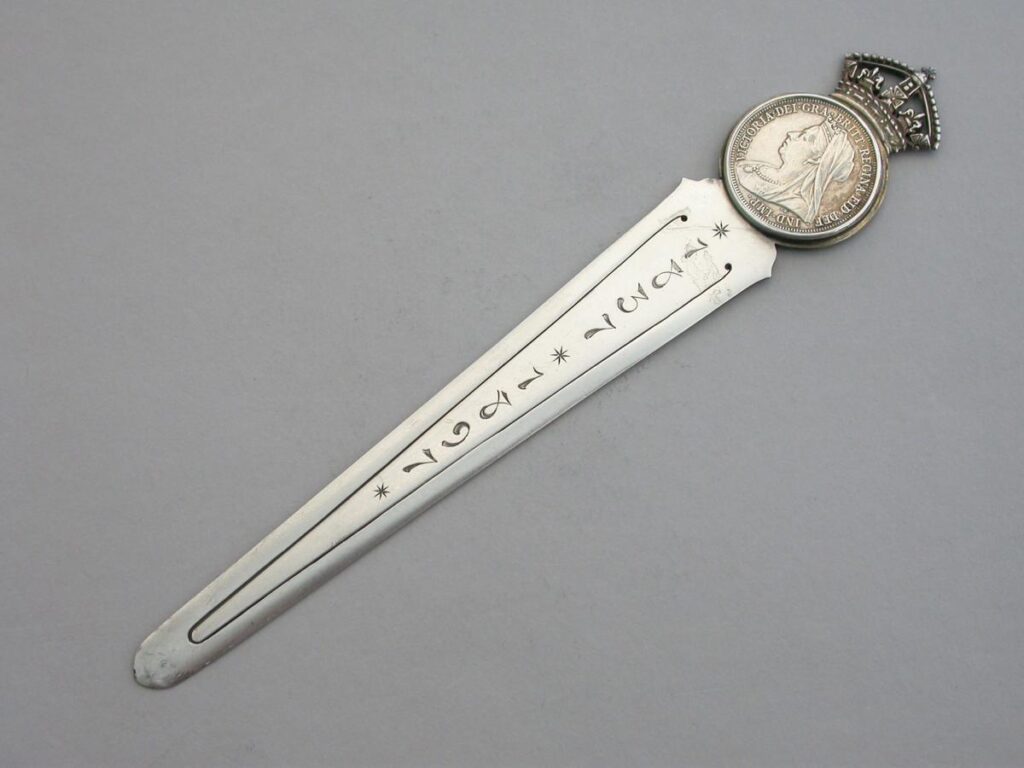
The Storied Past of Bookmarks
The Rich History of Bookmarks: From Ancient Codices to Victorian Elegance
Bookmarks may seem simple today, but their history is anything but. From early manuscript preservation to decorative keepsakes, bookmark evolution echoes the changing ways we read—and value—books. Let’s turn the pages of history and explore.
Ancient Beginnings & Medieval Ingenuity
- The oldest surviving bookmark dates to the 6th century AD. It was a decorated leather piece lined with vellum, attached by a strap to a Coptic codex discovered near Sakkara, Egypt.
- Evidence suggests bookmarks may have accompanied codices since their earliest appearance around the 1st century AD.
- In medieval Europe, monks and scholars used parchment strips or cords sewn into manuscripts—techniques that influenced today’s attached ribbon markers in Bibles.
- Some unique medieval designs included rotating paper discs to mark specific columns or lines.

Renaissance & Early Modern Tokens
- In 1584, Christopher Barker—Queen Elizabeth I’s official printer—gave her a fringed silk bookmark as a gift, marking one of the earliest recorded bookmarks tied to prestige.
- As books proliferated with the printing press, bound-in ribbons became common in prayer books and luxury editions. This was the dominant form of bookmark until mid-19th century.
The Woven Wonders: Stevengraphs and Silk Bookmarks
The Birth of the Stevengraph
- In 1862, Thomas Stevens, a weaver from Coventry, harnessed Jacquard looms to produce multicolored woven silk pictures, including bookmarks.
- Though John Caldicott registered the first woven bookmark design that year, Stevens popularized them, registering hundreds of designs—up to 900 by the late 1870s.
- His works, locally called Stevengraphs, featured landscapes, poetry, celebrities, and heartfelt verses.
Cultural and Global Impact
- Stevens produced portable looms for exhibitions across the globe (e.g., Philadelphia’s 1876 Centennial), engaging international audiences in choosing designs and colors.
- Prices ranged from affordable sixpence pieces to elaborate bookmarks costing up to two shillings and sixpence.
- After the Coventry Blitz of 1940, Stevens’s factory was destroyed. Thankfully, a pattern book survived and today resides in the Herbert Art Gallery & Museum.

Mass Production & Paper Advertising Boom
- By the 1880s, paper and cardboard bookmarks became ubiquitous—often used as advertising tools by publishers, businesses, educators, and even biscuit or insurance companies.
- The “Reward of Merit” bookmarks, used in early 19th-century American schools, doubled as both accolade and placeholder—a dual-purpose innovation.
- During the Interwar Art Deco period, French bookmarks made of thick cardboard were popular souvenirs from railways, car manufacturers, and cigarette firms. Some even doubled as paper cutters.

Modern Materials & Bookmark Memoirs
Today, bookmarks are crafted from a dazzling array of materials: leather, wood, metals (silver or brass), mother-of-pearl, celluloid, vinyl, gemstones—you name it.
Bookmarks have evolved from practical placeholders to cherished keepsakes and symbols of personal style. Whether handcrafted like your Booklings Studio designs or mass-produced, each one continues a legacy thousands of years old.
Why It Matters to Booklovers
- Protection & Legacy: Early bookmarks preserved fragile manuscripts. Now, they carry memory, sentiment, and creative expression.
- Cultural Reflection: From royal gifts to school rewards to advertising, bookmarks mirror changing social norms and artistry.
- Connection Across Time: When you tuck a leather or paper bookmark between pages, you’re joining a millennia-old tradition spanning Egypt, medieval monasteries, and Victorian parlors.


